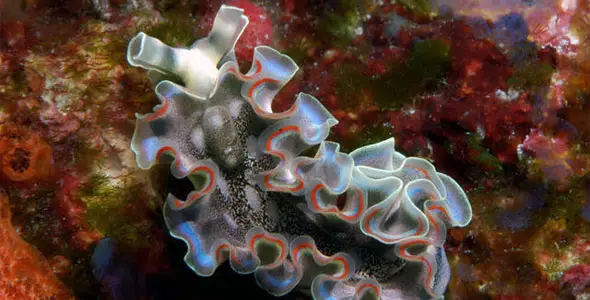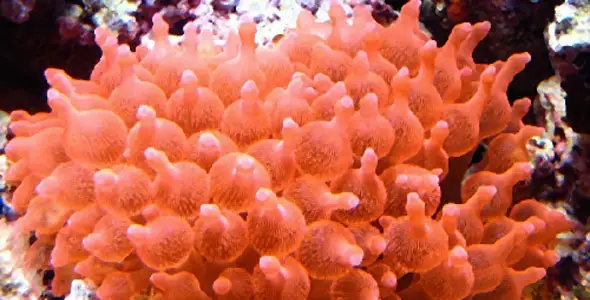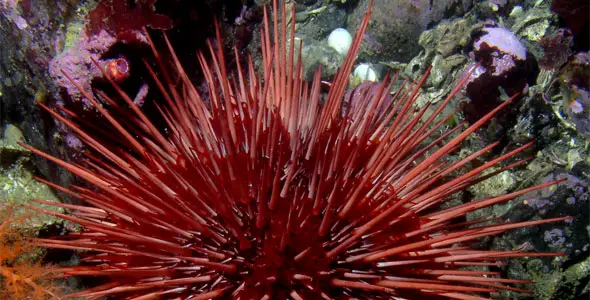Starfish, also known as Sea Stars, are hardly fish at all. They are known as Echinoderms with bodies made of occicles which create the endoskeleton. Starfish have a unique body shape, digestive system, and way of moving about the tank. They are highly sought after simply because people love them. The mouth and digestive center are kept in the circular center of the Starfish, with the legs radiating out. Each leg has a series of small tube feet that help to move the Starfish through suction action.
While it is very rare to see Starfish reproduce via sexual reproduction while in captivity, you may be lucky enough to see your Starfish reproduce asexually through fragmentation. When any portion of the Starfish is separated from the whole, as long as a part of the central disk is part of the chopped off portion, it will regrow into a whole new Starfish. A new Starfish can even be regenerated from the tip of a larger Starfish.
Sub-Species for Aquariums:
Sand Sifting Star – Sand Sifting Stars are best for tanks with a sandy substrate. They love to crawl around at night picking up left-over food and waste that would otherwise decay and cause water problems.
Serpent Star – Serpent Stars should be kept with caution. They have long, thin and serpent like arms attached to a disk. Nocturnal, like most Starfish, the Serpent Star may creep up on your sleeping fish and have a go at them. Serpent Stars are very water sensitive and fluctuations should be avoided as much as possible.
Brittle Star – Brittle Stars are very delicate and very beneficial. Like the Sand Sifting Star, they help to keep your tank clean and free of water distorting debris.
Care:
Most Starfish do well in reef aquariums and provide a number of benefits to the reef by cleaning waste and decaying food off the floor. If you keep your tank especially clean, you will need to make sure that you supplement your Starfish’s diet with foods that will sink to the bottom of the tank. Water should be kept between 72-76˚F and take care that you do not let your Starfish hang out near or on the heating element as it can cause burns. If your Starfish begins to lose color or become soft, they may not be receiving enough light, there may not be enough salt in the water, or they may not be receiving enough nutrition.
Diet:
Starfish are happy to scavenge food from the bottom of the tank, but if you keep your tank exceptionally clean, you will want to supplement with things like shrimp, clam meat or fish meat that will sink to the bottom of the cage. Their natural diet is clams, mussels or oysters, so do not be surprised if any in your tank suddenly disappear.
Size: Up to 14 Inches
Freshwater/ Saltwater: Saltwater
Diet: Carnivore
Reef Compatibility: 8
Tank Mate Compatibility: 8
Lifespan: Up to 10 Years




